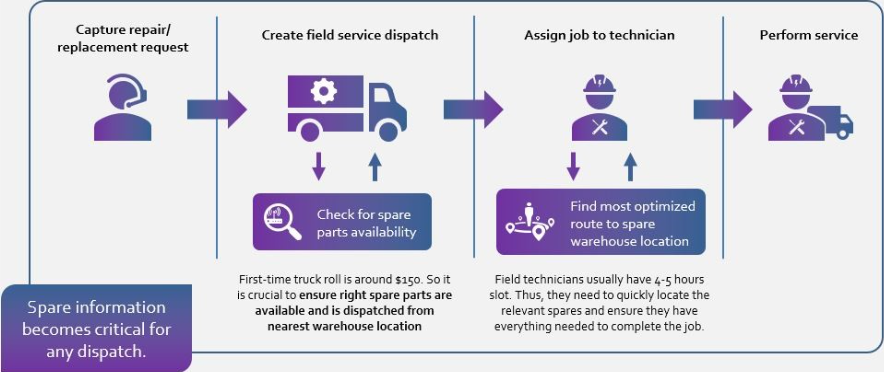Network Analytics & Assurance
Get E2E network visibility and enable effective network transformation through our solutions for highly disaggregated networks such as Telco Cloud, IT Multi‑cloud, and 5G vRAN/ORAN. Get access to focused engineering and scalable, specialized components and integrate them into your E2E journeys using TM Forum Open APIs.
Enhanced network reliability through advanced engineering use‑cases such as Digital Twin, using components like high‑speed message bus, SIEM solutions, ELK monitoring, RCA, and discovery
Machine‑based high‑resolution and real‑time system forensics during test case runs, using multimodal data (network traces, telemetry, logs, events, and time-series metrics)
Data-sciences ability for non‑classical insights‑driven AIOps solutions for advanced operations such as predictive assurance, and intelligent network capacity prediction
Synapt: Synapt facilitates the evolution of big data analytics into an applied intelligence hub. It leverages intelligent capabilities in web‑scale operators and brings together reusable intelligent microservices to build E2E solutions.
Unified data pipelining
Easy deployment & monitoring
Faster AI/ML training using GPU
Network 360: Network 360, when used as an enabler, delivers real-time 360° network visualization to drive smart decisions.
Intelligent and convergent view of the network
Fulfillment of growing demands for network planning, network operations, and various business user communities
Network Service Assurance (NeSA): The NeSA is an end‑to‑end service assurance solution over a unified data platform channelized from various sources
Playbook automation, automated root cause analysis, self‑remediation, and predictive maintenance
E2E visibility and advanced analytics functions for customer experience center








